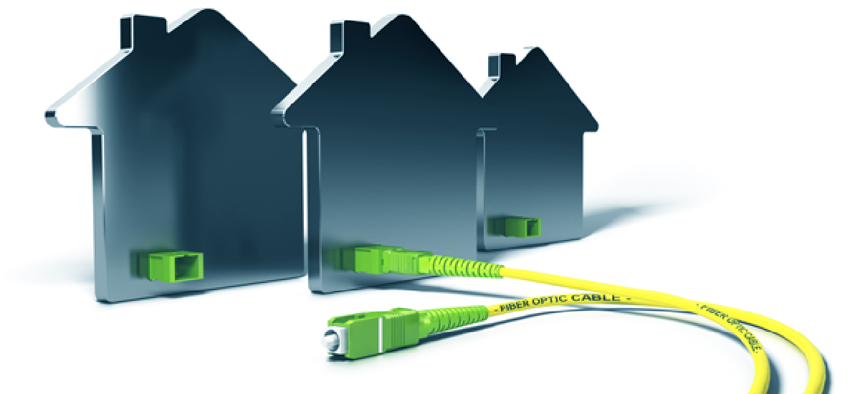Report: Community broadband competitively priced

Community internet service providers are providing better low-cost services than private competitors, research finds.
What: “Community-Owned Fiber Networks: Value Leaders in America,” a report from the Berkman Klein Center for Internet & Society at Harvard University
Why: Community fiber-to-the-home (FTTH) networks are proposed as an alternative to private broadband competitors, but there’s limited information on the true state of internet access speeds and prices across the country.
Findings: Based on a list of networks from the Institute for Local Self-Reliance, the report focuses on 40 community networks that provide FTTH service, as opposed to DSL, cable broadband or other technologies.
Networks were compared based on the Federal Communications Commission’s definition of entry-level broadband speeds at least 25 Mbps download and 3 Mbps upload. Prices were compared against private providers including Comcast, Charter Communications, Cox Communications, and CenturyLink. AT&T, Verizon and Time Warner Cable were not included in the report due to their terms of service, which inhibit research on pricing.
In the 23 of 27 communities that were able to provide information, the community FTTH annual entry-level service costs less over four years. Speed/cost options varied among the providers, with 13 private companies' lowest cost plans delivering higher speeds than lowest cost community FTTH network.
Community providers, however, delivered clearer information on broadband pricing compared to private competitors. Based on data from 35 private low-cost plans, 25 offered promotional teaser rates that increased substantially after an initial period, which typically lasts for a year. Only three community ISPs offered the same type of promotional pricing.
Verbatim: “Community-owned FTTH networks tend to provide lower prices for their entry-level broadband service than do private telecommunications companies, and are clearer about and more consistent in what they charge. They may help close the ‘digital divide’ by providing broadband at prices more Americans can afford.“
Read the full report here.
NEXT STORY: California tracks marijuana from seed to sale





